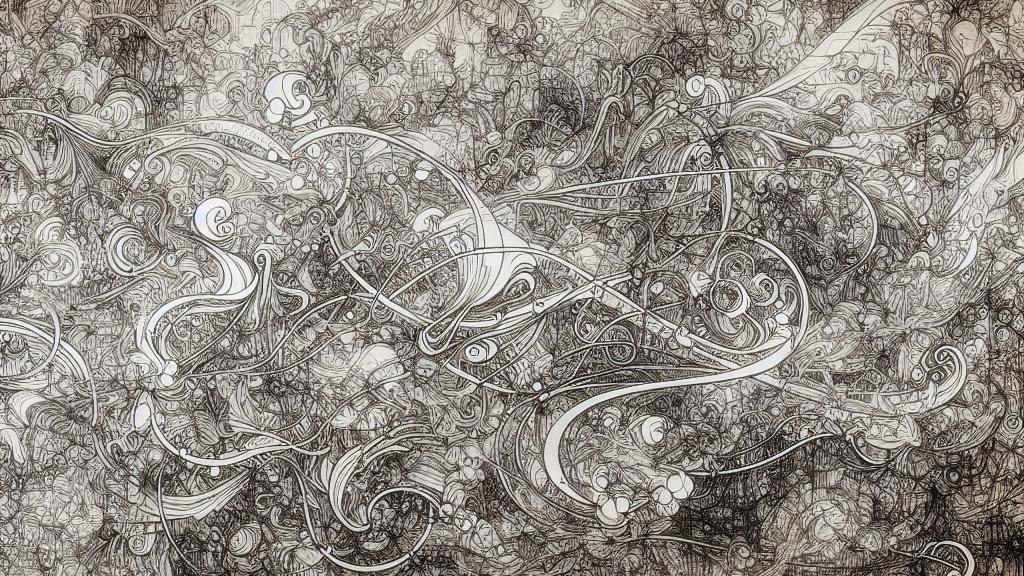Claiming Diffusion Models are Evolutionary Algorithms in Image Generation AI
Overview
- Groundbreaking findings suggest that diffusion models, integral to AI image generation, inherently function as evolutionary algorithms.
- Research teams from prestigious institutions like Harvard, Tufts, and TU Wien have unleashed vibrant discussions on this audacious claim.
- The process of introducing and removing noise in these models echoes genetic evolutionary mechanisms, which could reshape AI methodologies.

The Roots of the Argument
Picture this: a thrilling wave of intellectual excitement sweeping through renowned academic halls, sparked by a provocative research paper from Harvard, Tufts, and TU Wien. These researchers boldly argue that the diffusion models powering popular AI image generators like Stable Diffusion and DALL-E 3 share foundational traits with evolutionary algorithms. This assertion has stirred up a whirlwind of spirited debates online and offline, prompting both excitement and skepticism among experts. Could it be that the sophisticated processes behind image generation are not so different from the fascinating complexities of biological evolution? This inquiry sits at the enthralling heart of their groundbreaking discourse and invites us to deeper reflections on the nature of AI.
Understanding Diffusion Models
So, how do diffusion models actually work? In layman's terms, they begin by adding a systematic dose of random noise to images, transforming them into unrecognizable chaos, and then masterfully learning to reverse this process. Imagine a skilled artist restoring a beautifully intricate painting from a messy canvas! This gradual clarification encapsulates not just a technical feat but a remarkable analogy to evolutionary algorithms. Researchers compellingly propose that noise addition equates to genetic mutations, while the noise removal process mimics the natural selection where only the fittest traits thrive. By illustrating these processes, the researchers elevate our understanding of machine learning, suggesting that AI could potentially evolve through methods rooted in biological principles, marrying the fields of technology and nature harmoniously.
Broader Implications and Engaging Feedback
As with any bold claim, this one has elicited a spectrum of responses, igniting conversations that echo across digital platforms and academic forums alike. Many advocates champion the idea that uniting diffusion models with evolutionary frameworks could illuminate paths to unprecedented innovations in AI. They dream of a future where AI technologies evolve dynamically, adapting traits much like living organisms to solve complex challenges efficiently. In contrast, critics urge caution, arguing that clarity in articulating the precise relationship between these disparate systems is essential to prevent misconceptions. This lively exchange illustrates the burgeoning appreciation for AI's capacity to evolve, indicating a promising trajectory for advancements that could revolutionize areas from image synthesis to intelligent systems design. As these discussions unfold, we're not just spectators; we are participants in a transformative era that melds technology with evolutionary wisdom, shaping the possibilities of AI's future.

Loading...